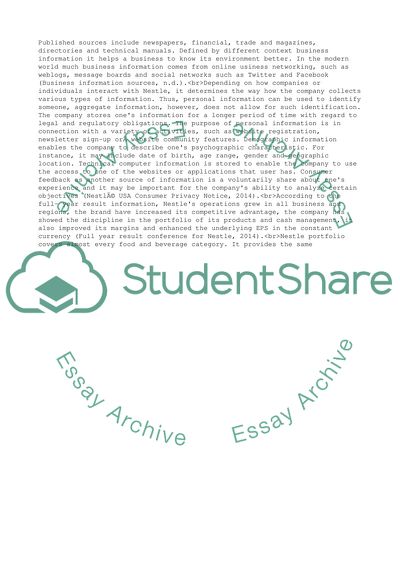Cite this document
(Business Communication Assignment Example | Topics and Well Written Essays - 2000 words, n.d.)
Business Communication Assignment Example | Topics and Well Written Essays - 2000 words. https://studentshare.org/business/1852133-business-communication
Business Communication Assignment Example | Topics and Well Written Essays - 2000 words. https://studentshare.org/business/1852133-business-communication
(Business Communication Assignment Example | Topics and Well Written Essays - 2000 Words)
Business Communication Assignment Example | Topics and Well Written Essays - 2000 Words. https://studentshare.org/business/1852133-business-communication.
Business Communication Assignment Example | Topics and Well Written Essays - 2000 Words. https://studentshare.org/business/1852133-business-communication.
“Business Communication Assignment Example | Topics and Well Written Essays - 2000 Words”. https://studentshare.org/business/1852133-business-communication.


